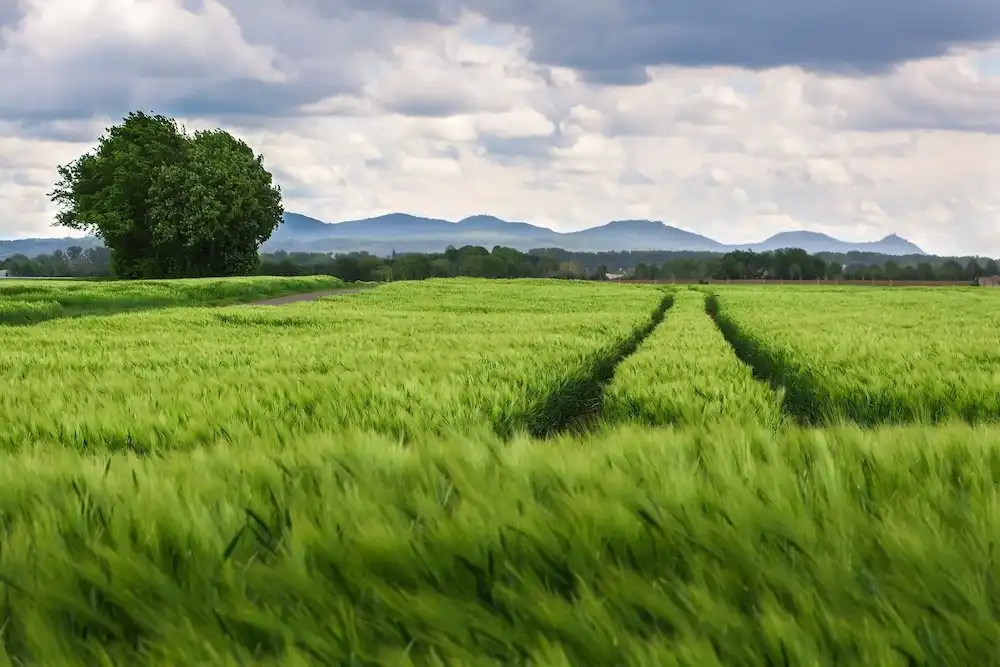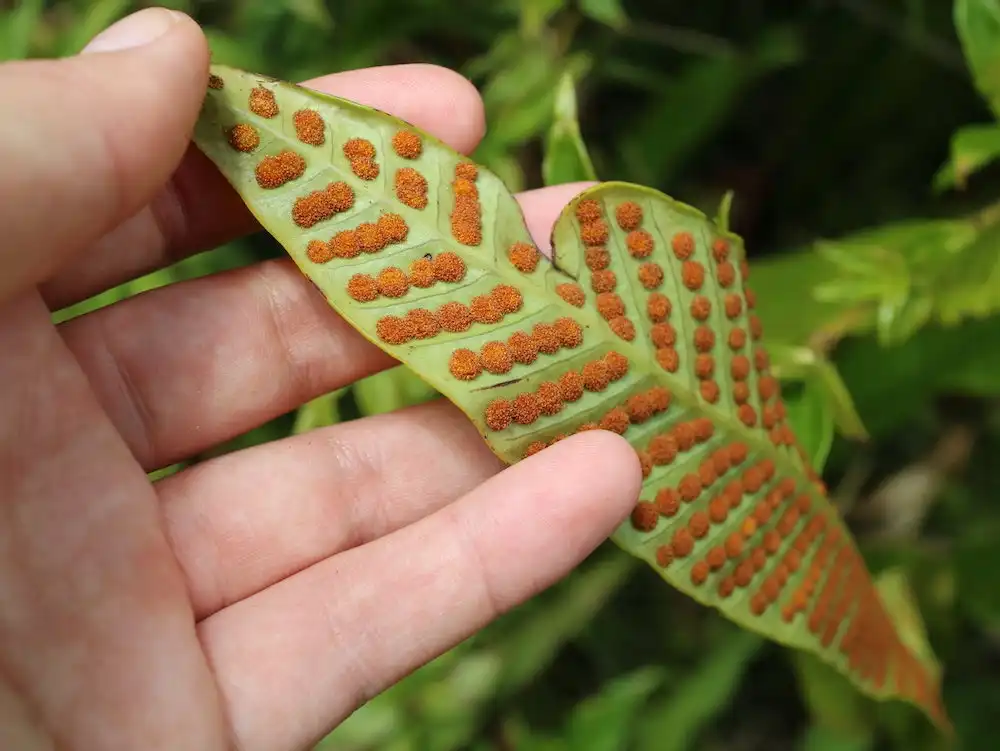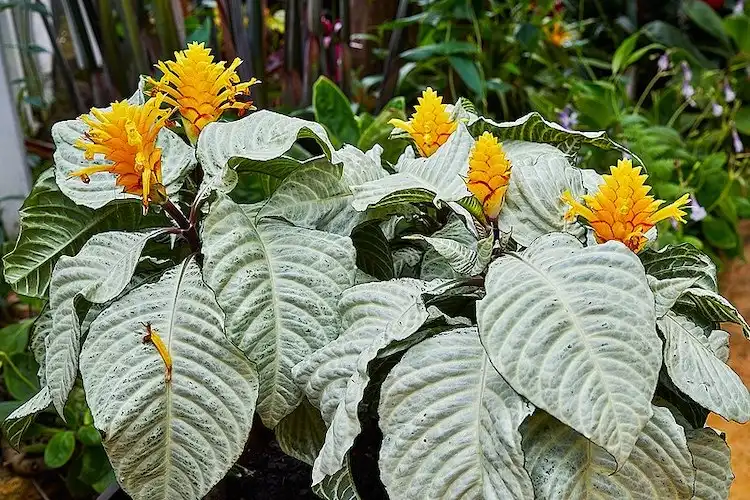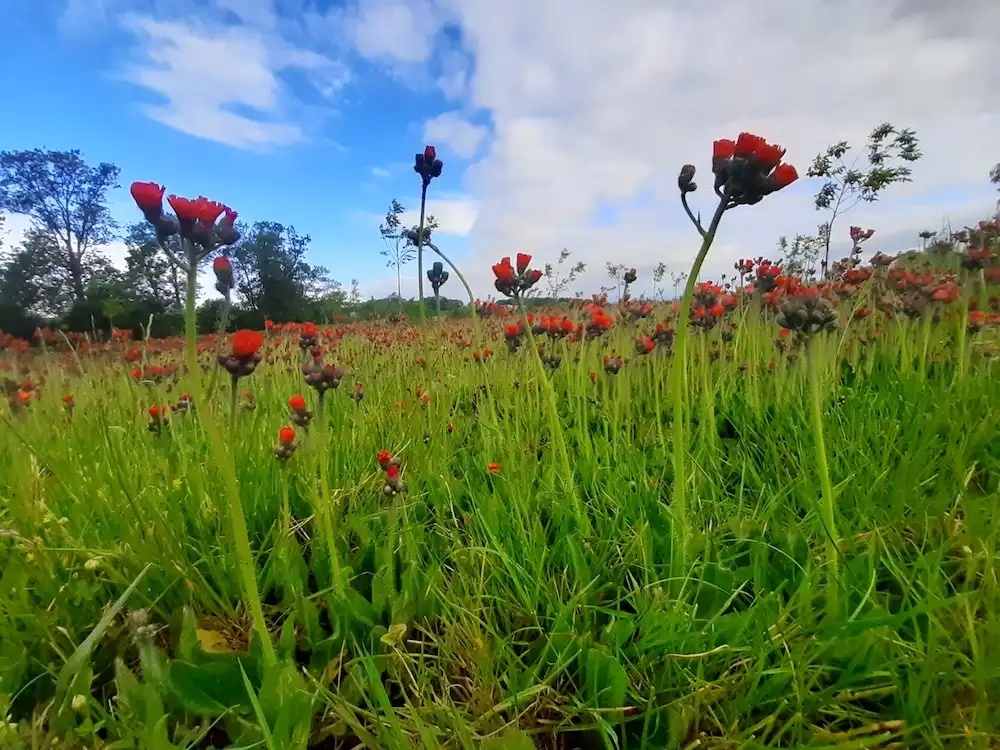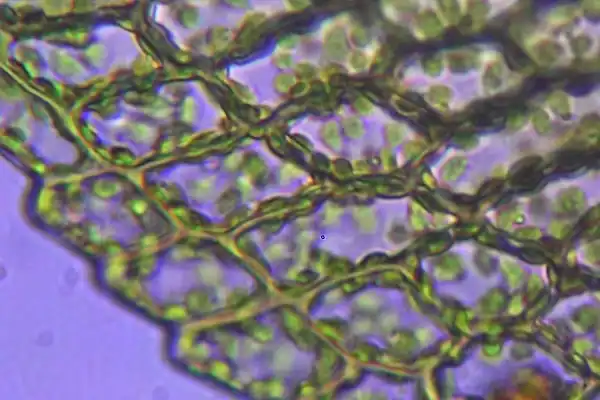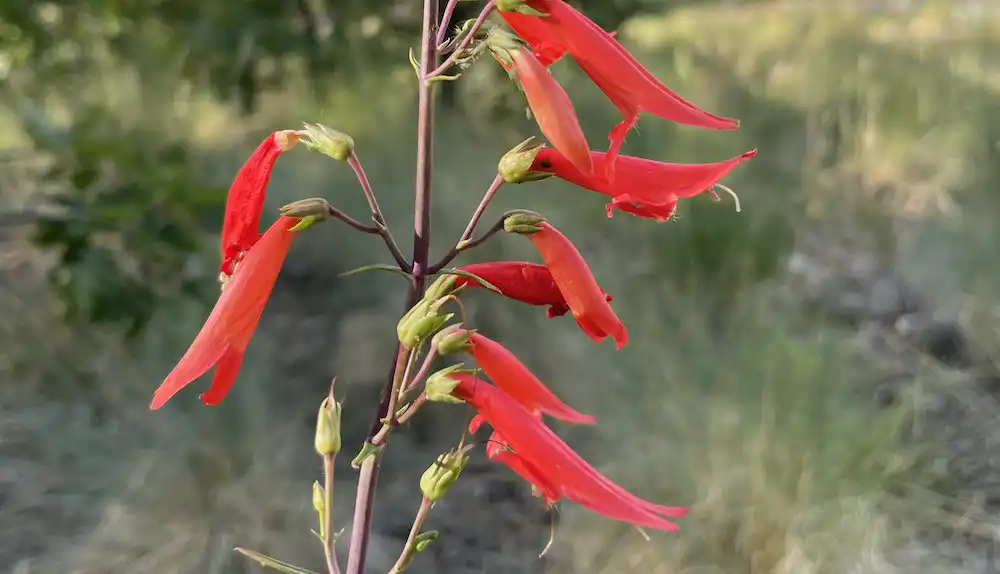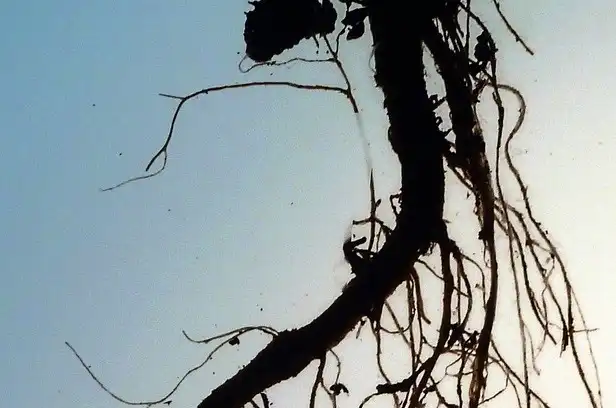
A new Journal of Applied Ecology study based on the world’s largest wildlife survey reveals that 66 percent of India’s natural systems are threatened by invasive plant species.
Invasive plant species management in India has historically been constrained by a lack of information regarding the spread of invasions. So to combat this, scientists from the Wildlife Institute of India were forced to come up with a unique solution.
They decided to integrate an invasive plant assessment with India’s national assessment of tiger populations, taking place every four years and monitoring 358,000 km2 of natural areas. A mobile app was used to sample 158,000 plots of land, ultimately revealing that 66 percent of wilderness areas had been invaded by invasive plant species, including Lantana camara, Prosopis juliflora, and Chromolaena odorata.
Professor Qamar Qureshi from the Wildlife Institute of India explains “The tiger project was intended to monitor the changing status of the animals and their habitat. Plant invasions end up altering these habitats and revealing intricate ecological changes. In the end, it just made sense to monitor both plants and tigers simultaneously”.
Why is there so much plant invasion?
India’s legacy of human modifications, historical propagation of invasive plants, shifting soil moisture regime, and altered cycles of natural disturbances are amongst the leading drivers that likely facilitate invasions.
India has one of the world’s highest population densities. Therefore, demand for food, energy and infrastructure are poised to intensify, potentially escalating the already rampant invasions even more.
How can we solve the problem of invasive plants?
Using the date collected in the national-scale invasive plant assessment, the researchers developed a model to identify priority restoration sites, namely those where invasions are in their initial stages, with preference for those within already protected areas. Protecting these sites requires less investment and intervention, while still delivering promising biodiversity returns.
Professor Y V Jhala, also from the Wildlife Institute of India, says “Personal judgements are often used to select and manage invasive species and areas. Without understanding the ecological or landscape-scale context of invasions, such investments rarely achieve the objective of ecological restoration. Using our strategic prioritisation plan can ensure that limited resources are invested in a manner that maximizes long-term biodiversity gains”.
Moving forward
The study’s inclusion in the recent tiger report published by the government of India underscores the highest political recognition of the threats brought by biological invasions. Whilst the study provides a critical steppingstone towards evidence-based restoration, several challenges persist.
“Managing invasive species demands more than mere removal — it necessitates context-sensitive restoration, stakeholder participation, and adaptive holistic policies that can enable positive changes”, says Dr. Ninad Avinash Mungi from Aarhus University who partnered with the Wildlife Institute of India for the study.
India has been long awaiting a dedicated policy framework on managing invasions and restoring ecosystems, but for now, the new study provides timely guidance.
As the United Nations’ decade for Ecosystem Restoration unfolds, India’s proactive stance in monitoring invasive species by integrating it with flagship programs sets an example of responsible and forward-looking conservation efforts. Amidst densely populated and invaded regions, this research paves a path towards effective restoration, rekindling ecological optimism.
Read the paper: Journal of Applied Ecology
Article source: British Ecological Society
Author: BES Press Office
Image: Several water bodies that are important habitat and resource for many endangered species like the Asian elephant are invaded by the water hyacinth (Pontederia crassipes), a plant native to tropical America. Credit: Jayanta Guha.


